summary
Combination T4/T3 Therapy - “Most hypothyroid patients experience rapid symptomatic relief after institution of levothyroxine replacement therapy, but persistent symptoms remain in some despite what appears to be adequate levothyroxine therapy with normalization of the serum thyrotropin level. A thorough investigation is warranted in these patients to detect and treat other responsible lifestyle issues, medical conditions, and endocrine conditions. A subset of hypo- thyroid patients has a polymorphism in the gene encoding the D2 enzyme that may prevent full resolution of symptoms with levothyroxine therapy alone; these patients may benefit from combination levothyroxine and liothyronine therapy.”
abstract
OBJECTIVE:
To evaluate the existing evidence regarding the combined use of levothyroxine and liothyronine to treat hypothyroidism.
METHODS:
Eleven published randomized controlled trials evaluating the efficacy and safety of combined levothyroxine and liothyronine therapy for hypothyroidism were reviewed and summarized. Related basic and clinical research findings were also incorporated for perspective.
RESULTS:
An initial randomized controlled trial reported symptomatic improvement in hypothyroid patients taking combined levothyroxine and liothyronine therapy compared with those taking levothyroxine therapy alone. Subsequently, multiple relatively small randomized controlled trials failed to demonstrate any subjective or objective benefit from combined levothyroxine and liothyronine therapy. A polymorphism (Thr92Ala) in the gene encoding the deiodinase 2 (D2) enzyme that converts thyroxine to triiodothyronine in the brain was later identified in about 16% of hypothyroid persons. This polymorphism may impair brain deiodinase activity in the presence of low brain thyroxine levels. One randomized controlled trial found that patients with the D2 Thr92Ala polymorphism had more baseline symptoms than those with the wild type D2 and experienced significantly greater symptomatic improvement in response to combined levothyroxine and liothyronine therapy.
CONCLUSIONS:
Most hypothyroid patients experience rapid symptomatic relief after institution of levothyroxine replacement therapy, but persistent symptoms remain in some despite what appears to be adequate levothyroxine therapy with normalization of the serum thyrotropin level. A thorough investigation is warranted in these patients to detect and treat other responsible lifestyle issues, medical conditions, and endocrine conditions. A subset of hypothyroid patients has a polymorphism in the gene encoding the D2 enzyme that may prevent full resolution of symptoms with levothyroxine therapy alone; these patients may benefit from combination levothyroxine and liothyronine therapy.
LINK - http://www.ncbi.nlm.nih.gov/pubmed/22548953
